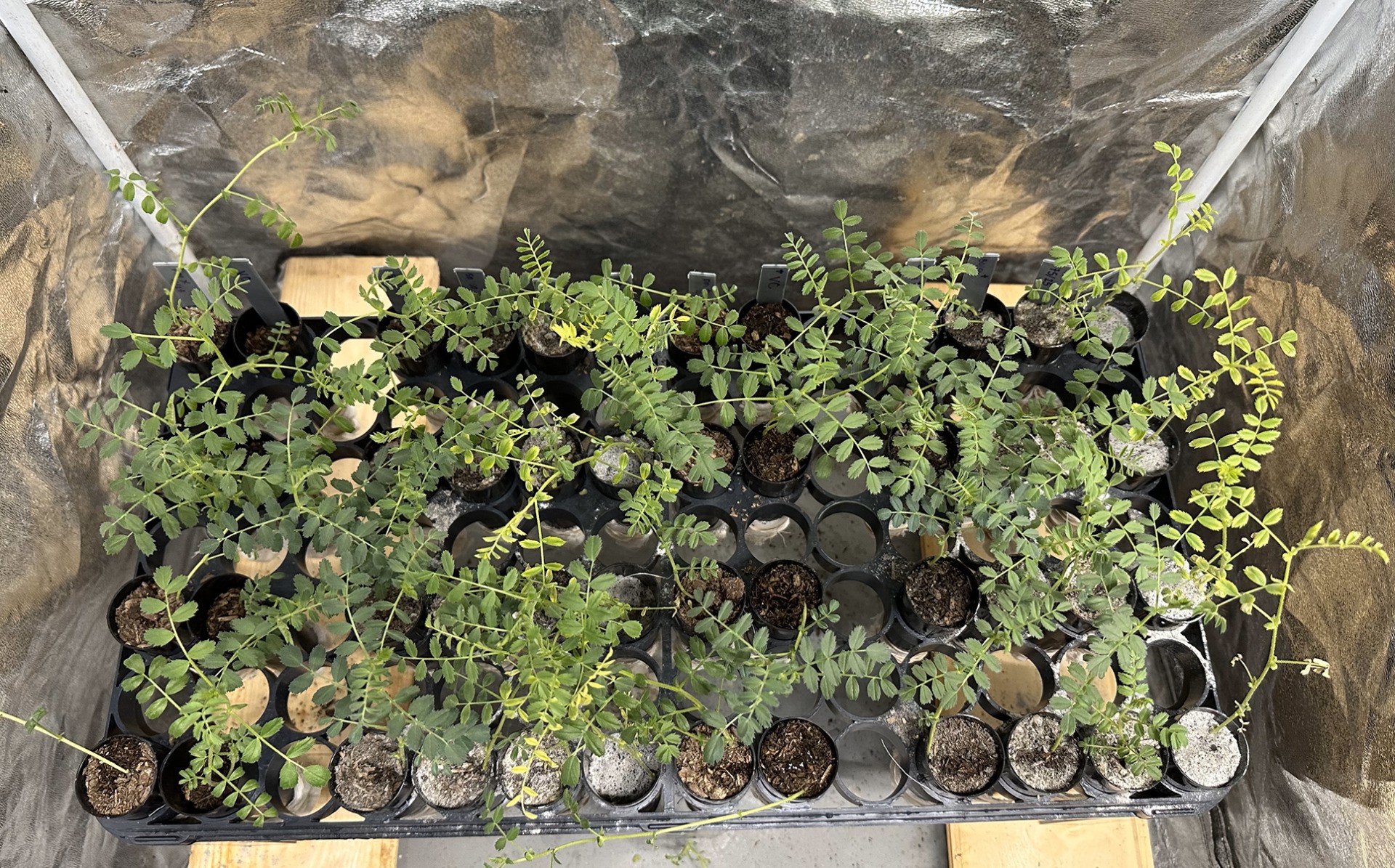Who has grown chickpeas in moondust?
Jessica Atkin, a student at Texas A&M University, grew chickpeas on simulated moondust. This was the first time anyone had done this. She couldn't use real moondust because there isn't enough on Earth for research.
She made the fake moondust fertile like Earth's soil by mixing in helpful soil fungus and vermicompost. The fungi help protect plant roots from the toxins in the dust and help the plants get water and nutrients better. Vermicompost can help provide nutrients and change moondust's physical qualities.
Later, she successfully used the moondust to grow chickpeas.

How can her research help?
Jessica Atkin's study could help astronauts rely less on packaged foods during future trips. Growing plants on the moon has many benefits. First, it can give astronauts healthy food and reduce the need for expensive food resupply missions from Earth.
Additionally, the moon's atmosphere isn't suitable for humans. So, plants might produce breathable oxygen for astronauts. Atkin's research could mark the beginning of farming on the moon. However, more research is needed because lunar agriculture is challenging.
How challenging is lunar agriculture?
Jessica Atkin explained that the moon doesn't have soil like we do on Earth. Instead, it has fine dust that doesn't have the things plants need to grow, like nutrients. This dust also has harmful stuff in it, like iron and aluminium, which can harm plants.
Also, the moon has less gravity, extreme temperatures, etc., which makes it hard for plants to grow there. So, scientists need to do more research before we can grow vegetables and plants on the moon.
So, what vegetable would you want to grow on the moon if you had the chance? Let us know in the comments!


.png%3Falt%3Dmedia%26token%3Dc49ffb3b-0638-4469-8a03-08585bf89458&w=3840&q=75)
